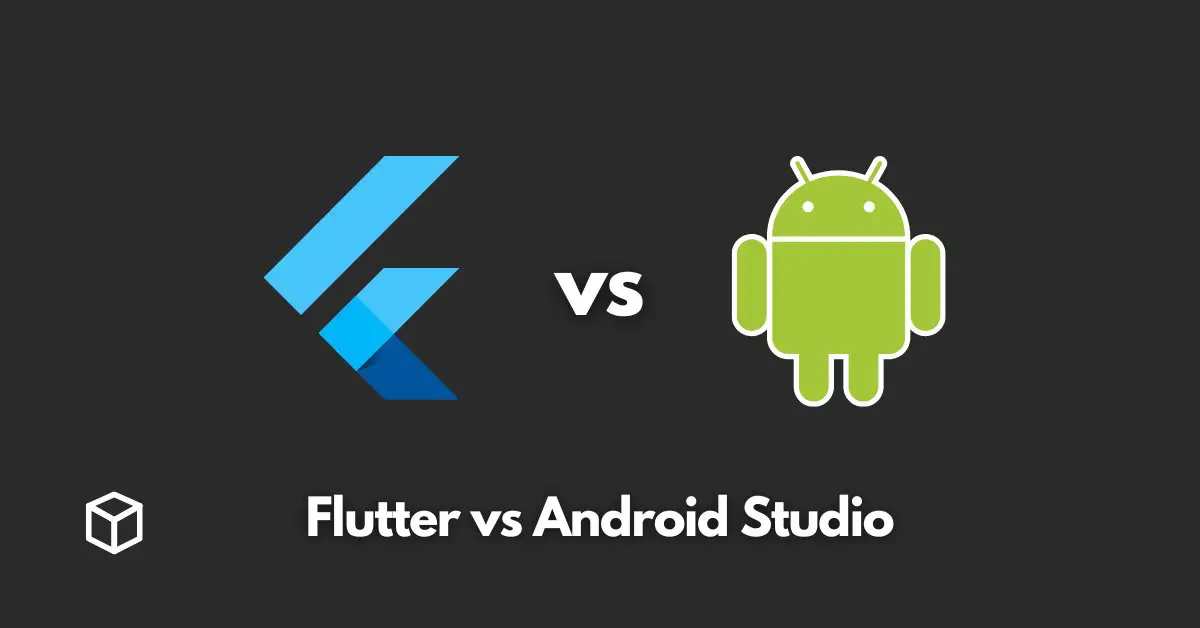Mobile app development is a constantly evolving field, with new technologies and frameworks emerging all the time and two of the most popular tools for mobile app development currently are Flutter and Android Studio.
Both of these tools have their own unique features and capabilities, and choosing between them can be a difficult decision for developers.
In this article, we will take a detailed look at Flutter and Android Studio, comparing and contrasting their similarities and differences, as well as highlighting their pros and cons.
By the end of this article, you should have a clear understanding of which tool is best suited for your specific project needs.
Similarities between Flutter and Android Studio
Both Flutter and Android Studio are used for mobile app development.
This means that they both allow developers to create apps for Android and iOS platforms.
Both of these tools also use the Dart programming language for Flutter and Java/Kotlin for Android Studio.
This means that developers who are already familiar with these languages will be able to pick up Flutter or Android Studio relatively quickly.
Lastly, both Flutter and Android Studio offer a wide range of libraries and tools for app development, which makes it easy for developers to add features and functionality to their apps.
Differences between Flutter and Android Studio
Despite their similarities, there are also some key differences between Flutter and Android Studio.
One of the most obvious differences is that Flutter is a UI toolkit, while Android Studio is an integrated development environment (IDE).
This means that Flutter is primarily focused on the user interface and design aspects of app development, while Android Studio is a more comprehensive tool that includes features for app development, debugging, and testing.
Another key difference between Flutter and Android Studio is the programming model they use.
Flutter uses a reactive programming model, which means that developers can create apps that respond to user interactions and changes in data in real-time.
On the other hand, Android Studio relies on the traditional imperative programming model, which is more focused on executing specific commands in a specific order.
Flutter also offers faster development and hot reload, which allows developers to see the changes they make to their code in real-time.
This can greatly speed up the app development process. On the other hand, Android Studio can take longer to build and test changes, which can slow down the development process.
In terms of design, Flutter allows for more unique and customizable designs, while Android Studio follows the Material Design guidelines.
This means that apps developed with Flutter have the potential to stand out from the crowd, while apps developed with Android Studio will conform to established design standards.
Pros and Cons of Flutter and Android Studio
Flutter has several pros and cons that are worth noting. One of its biggest advantages is that it allows for faster development and hot reload.
This can greatly speed up the app development process and make it easier for developers to experiment with different ideas. Additionally, Flutter’s unique and customizable design can make apps stand out from the crowd.
On the other hand, Flutter’s community is smaller and less established than Android Studio’s, which means that there may be fewer resources and libraries available for developers to use.
Additionally, the tool itself is relatively new, which means that it may not be as stable or reliable as Android Studio.
Android Studio, on the other hand, has a large and established community, which means that there are plenty of resources and libraries available for developers to use.
Additionally, the tool is well-established and stable, which makes it a reliable choice for app development.
However, Android Studio’s slower development and less flexibility in design may be a disadvantage for some developers.
Use Cases for Flutter and Android Studio
When it comes to deciding which tool to use for your specific project, it’s important to consider the unique features and capabilities of each.
Flutter is best for creating unique and visually striking apps. Its customizable design and faster development make it a great choice for creating apps that stand out from the crowd.
Additionally, the reactive programming model allows for real-time interactions and responses, which can create a more engaging user experience.
On the other hand, Android Studio is best for creating apps that conform to established design guidelines and have access to a wide range of libraries and tools.
Its well-established community and stable platform make it a reliable choice for creating apps that conform to established design standards.
Additionally, the traditional imperative programming model is well-suited for apps that require specific commands to be executed in a specific order.
Conclusion
In conclusion, both Flutter and Android Studio are powerful tools for mobile app development.
Each tool has its own unique features and capabilities, and the choice between them will depend on the specific needs of your project.
Flutter is a great choice for creating unique and visually striking apps, while Android Studio is best for creating apps that conform to established design guidelines and have access to a wide range of libraries and tools.
As a developer, you should carefully consider the pros and cons of each tool and choose the one that best suits your project needs.




